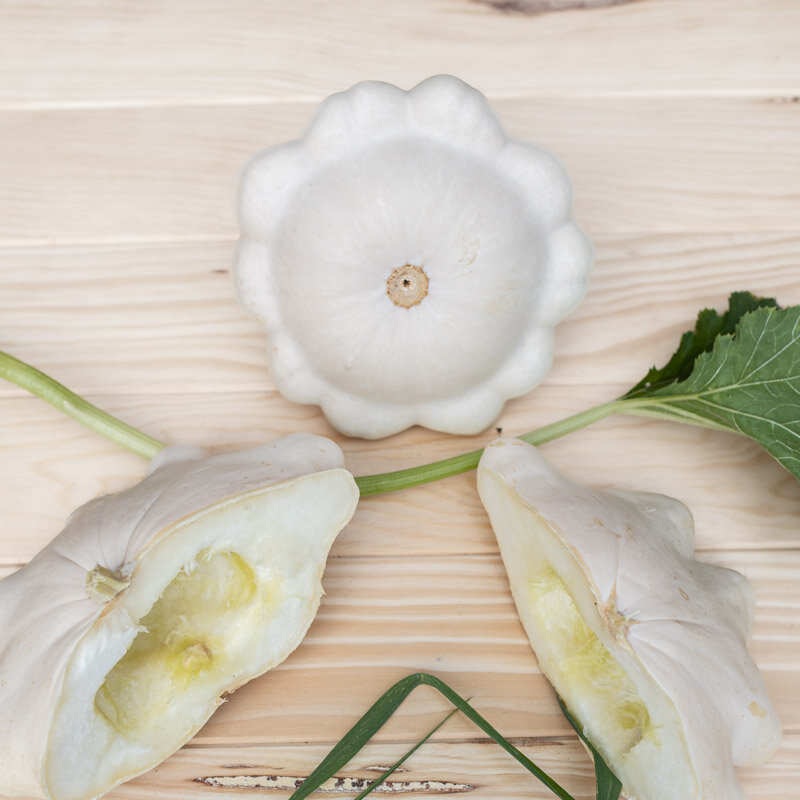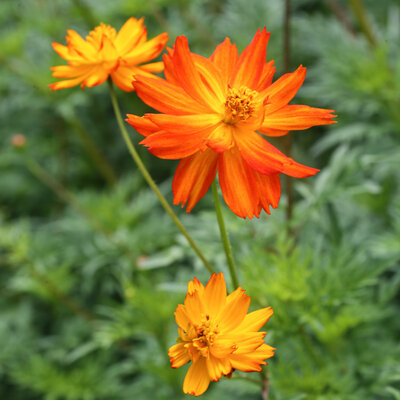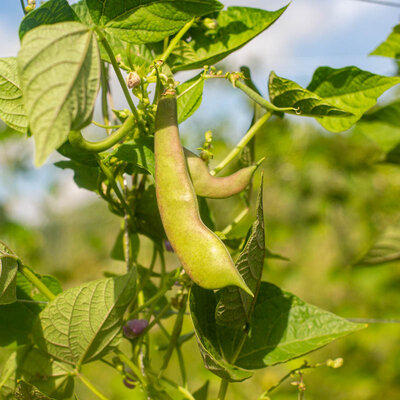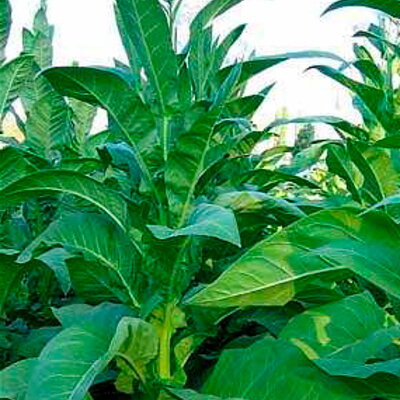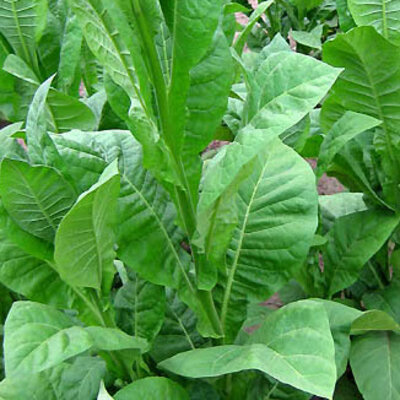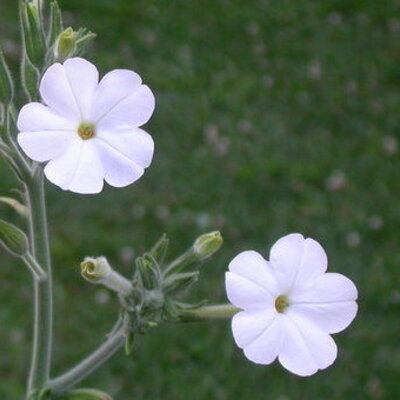White Patty Pan - Pepo squash
White Pâtisson squash is a very old, non-runner variety that produces white, slightly domed star-shaped fruits up to 25 cm in diameter and weighing up to 2.5 kg. When young, their raw flesh has an artichoke-like flavor and, when ripe, they can be stuffed. They keep for a very long time and can sometimes be dried.
Characteristics of the White Pâtisson squash
White Pâtisson squash, Cucurbita pepo, is a variety of fruiting vegetable native to the United States. It originated in pre-Columbian times, among the Amerindian peoples of the continent's east coast. Also known as the "Imperial Crown", "Elector's Bonnet" or "Jerusalem Artichoke" because of its shape, this pâtisson is mentioned in the book Les Plantes Potagères by Vilmorin-Andrieux. Its flattened, slightly domed white fruits, 20 to 25 cm in diameter when ripe, enclose thick, firm, mealy flesh with a taste of artichoke stock. In the kitchen, it can be eaten stuffed, au gratin or in soup. Squash flowers are also edible.
White Pâtisson squash seedlings
White Pâtisson pepo squash is sown from March to May in pots, 2 to 3 weeks before transplanting, in bunches of 2 to 3 seeds.
Place seedlings under a light shelter, at a temperature of between 18 and 20°C, and keep the substrate moist until the seeds emerge. Be careful not to sow pâtisson seeds too early in the season, in which case the roots will become fibrous, making growth difficult in the garden. Transplant into the vegetable garden once the last frosts have passed.
From April to June, after the last risk of frost, it is possible to sow the seeds directly in the garden in stacks of 2 to 3 seeds.
Prepare holes filled with compost or organic matter 2 weeks in advance, spaced 1 m apart in all directions, to accommodate the plants or seeds. Mulch the soil to maintain sufficient humidity and limit water evaporation.
In the vicinity of the pattypan, incorporate companion plants into the pattypan planting to encourage flower development while keeping pests at bay. Choose basil or corn, for example.
Harvesting White Parsnip squash
White Parsnips can be harvested and eaten at any stage of maturity. While still young and small, they can be eaten raw, pan-fried or fried, while the larger ones are ideal for stuffed vegetables. Fruit for winter storage should be picked as late as possible, before the first frosts, between July and November, when the stalk begins to dry out and the skin becomes thick. Be careful not to tear them off, but cut as close as possible to the stem, 10 cm above the stalk.
White Pâtisson squash storage
This squash can be stored all winter in a dry, well-ventilated place, at a temperature of between 10 and 12°C. Place the fruit, spaced apart and tail up, in high crates. They can also be frozen, after slicing and cooking, for up to a year's storage. This variety reveals its distinctive artichoke-bottom flavor in recipes such as pâtisson stuffed with vegetables, baked potato gratin or golden soup with olive oil.
These products may also be of interest to you
in the ground, in bucket
Sow in pots at 18-20°C, 2 to 3 weeks before planting. Transplant with the root ball into the ground, after the last frosts, at a distance of 1 m in all directions. For sowing directly in the ground, sow after the last frosts when the soil is well warmed. Sow or transplant in planting holes filled with compost and prepared 2 weeks in advance.
March, April, May
April, May, June
June, July, August, September, October, November
in the ground
sunny
fort
humus
drained, rich
Cucurbita pepo
mid-season
From 1000 to 2500 g
12 seeds
flat
farm
White
edible
From 150 to 400 cm
From 20 to 25 cm
bushy
United States
"Vilmorin-Andrieux "Les Plantes Potagères
This ancient variety originated with the Amerindian peoples of the American East Coast, and their names vary in Native American languages from Virginia to New England. The yellow-fruited and white-fruited varieties date back to pre-Columbian times. The earliest depiction of a pâtisson dates from 1591, in Matthias de l'Obel's "Plantarum Seu Stirpium Icones". Prior to this, there was a common variety of yellow, warty, runner-type pâtissons, probably the result of mid-18th-century crosses between yellow pâtissons and yellow zucchinis (warty when fully ripe). The pâtisson panaché dates back to the 1850s. It is thought to be the result of a French cross between the white pâtisson and the "Yellow Mandan" variety, whose origins go back a long way to North America. The various appellations mentioned in Vilmorin-Andrieux's "Les Plantes Potagères" are the following, often very colorful: "bonnet d'électeur", "bonnet-de-prêtre", "couronne impériale", "artichaut de Jérusalem" and "arboufle d'Astrakhan".




